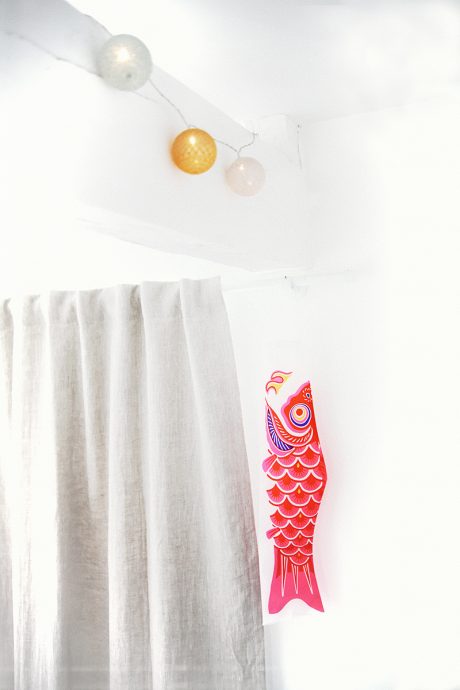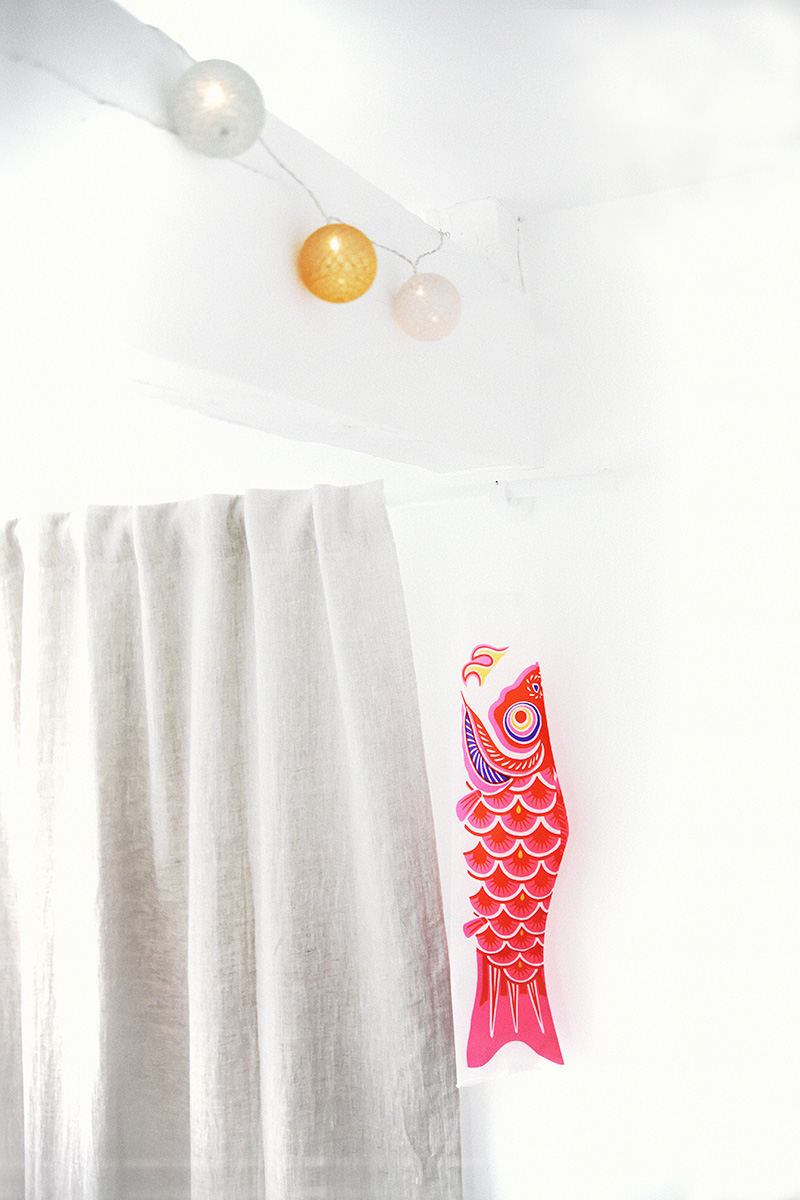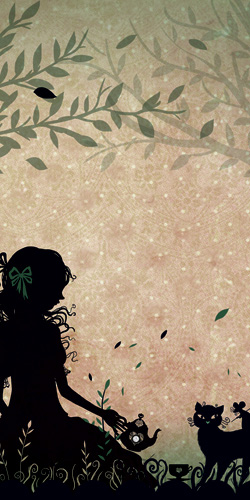Kodomo no hi, or Children’s Day in Japan, is a public holiday celebrating girls and boys, as well as the gratitude of mothers. This holiday closes Golden Week, a week marked by several consecutive public holidays. Kodomo no hi is inspired by the Chinese celebration of dragon boats. Originally called Tengo no seku, the festival dates back to the Nara period (710-794). This celebration of children, especially boys, is linked to samurai culture. At first, the festival was simply a celebration of fragrant shōbu rushes (a plant similar to the iris), the leaves of which are hung on doors. Then, during the Edo period (1600-1868), the festival became known as the samurai festival. Parents gave their sons armor to give them strength and courage. For this reason, this festival was particularly aimed at boys, whereas the Hina Matsuri (or Doll Festival) celebrated on March 3, was aimed at little girls. It wasn’t until 1947, with the constitution, that the name Kodomo no hi replaced that of tengo no seku. This festival gave rise to a number of rituals, including bathing and koinobori. Children were encouraged to take shobū baths. Although this ritual is practiced less and less, some Japanese still hang a few shobū leaves from the doors of their homes. Koinobori, or “carp streamers”, are a traditional
carp-shaped windsock. L he symbol of the carp began to appear in the 18th century. Koinobori herald the arrival of the summer season. The colors of the carp each refer to a family member: the black carp represents the father, the red carp the mother and the other carps the children.
In Japan, there are many rituals for wishing health and happiness to children. You’ll find plenty of tutorials on how to make fun or pretty koinobori. Take a look at Kanojo design or momes.net. Happy kodomo no hi!!!







